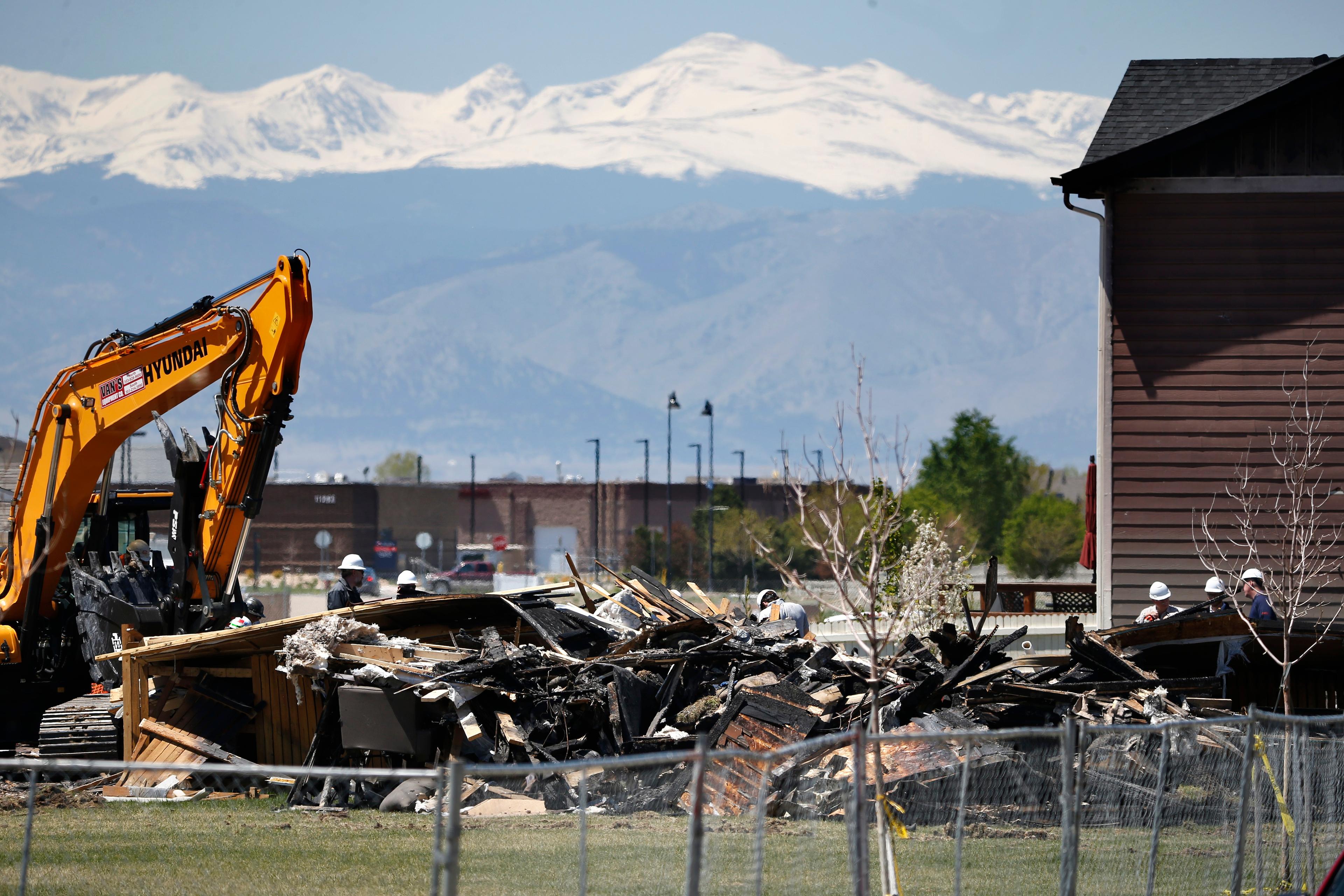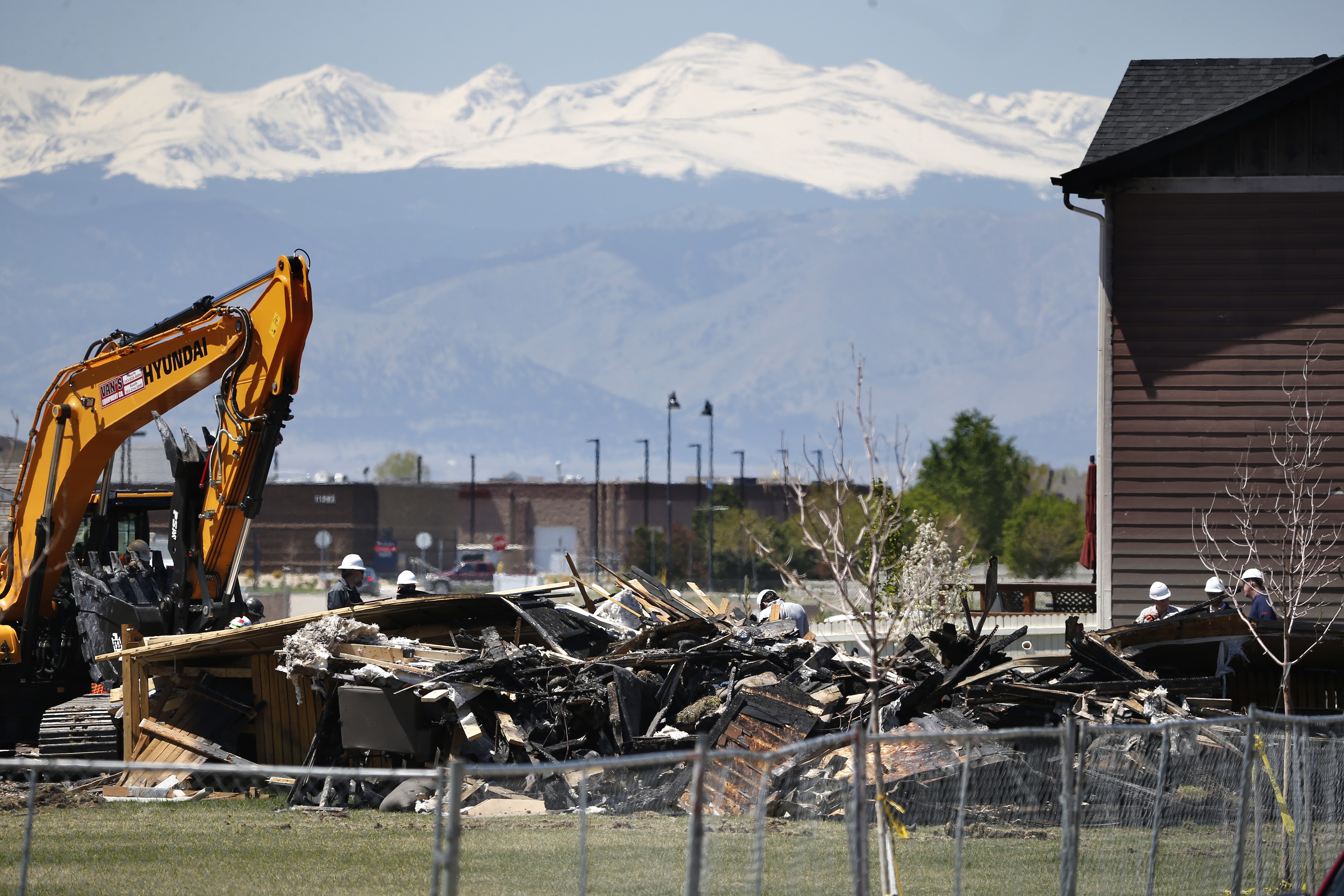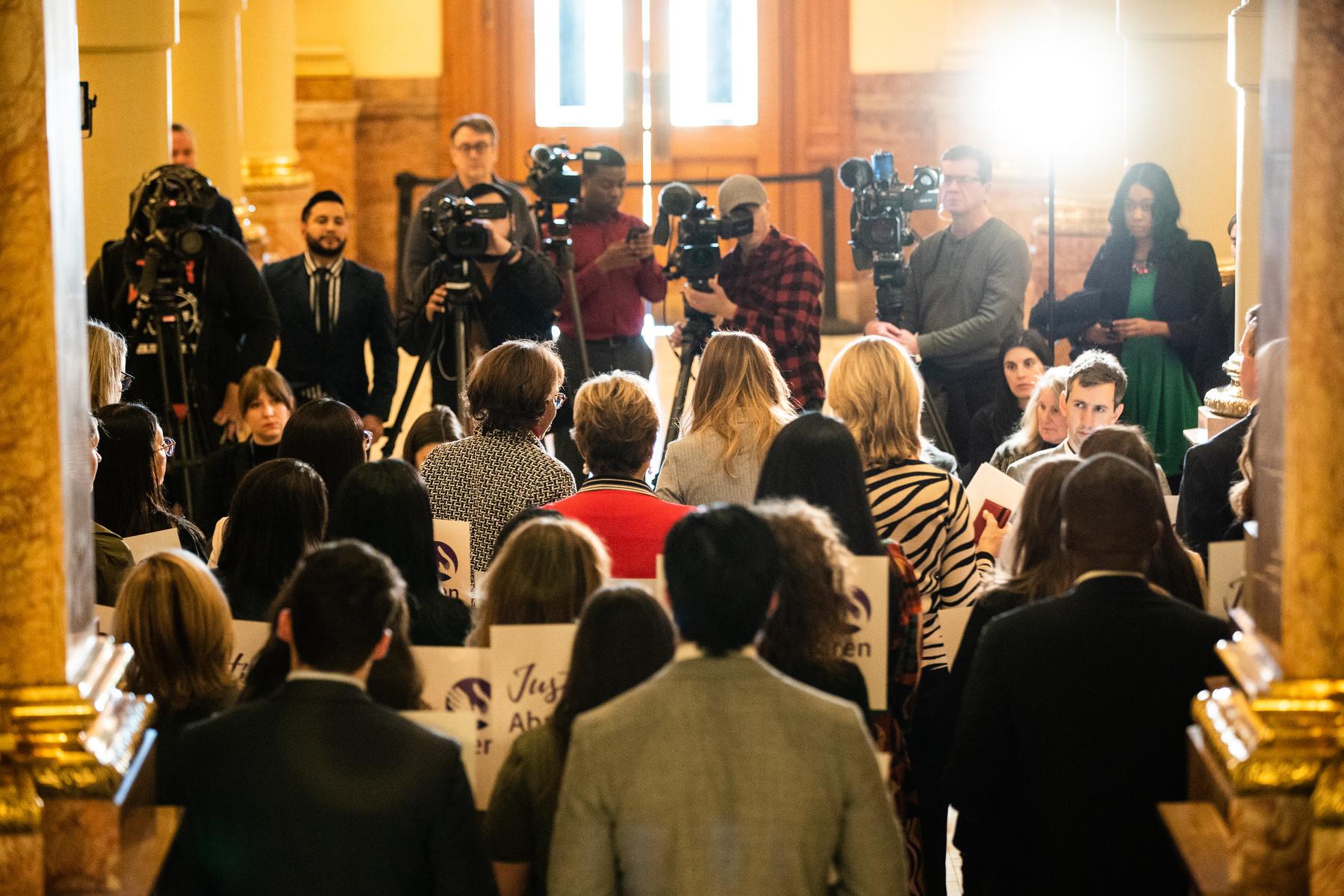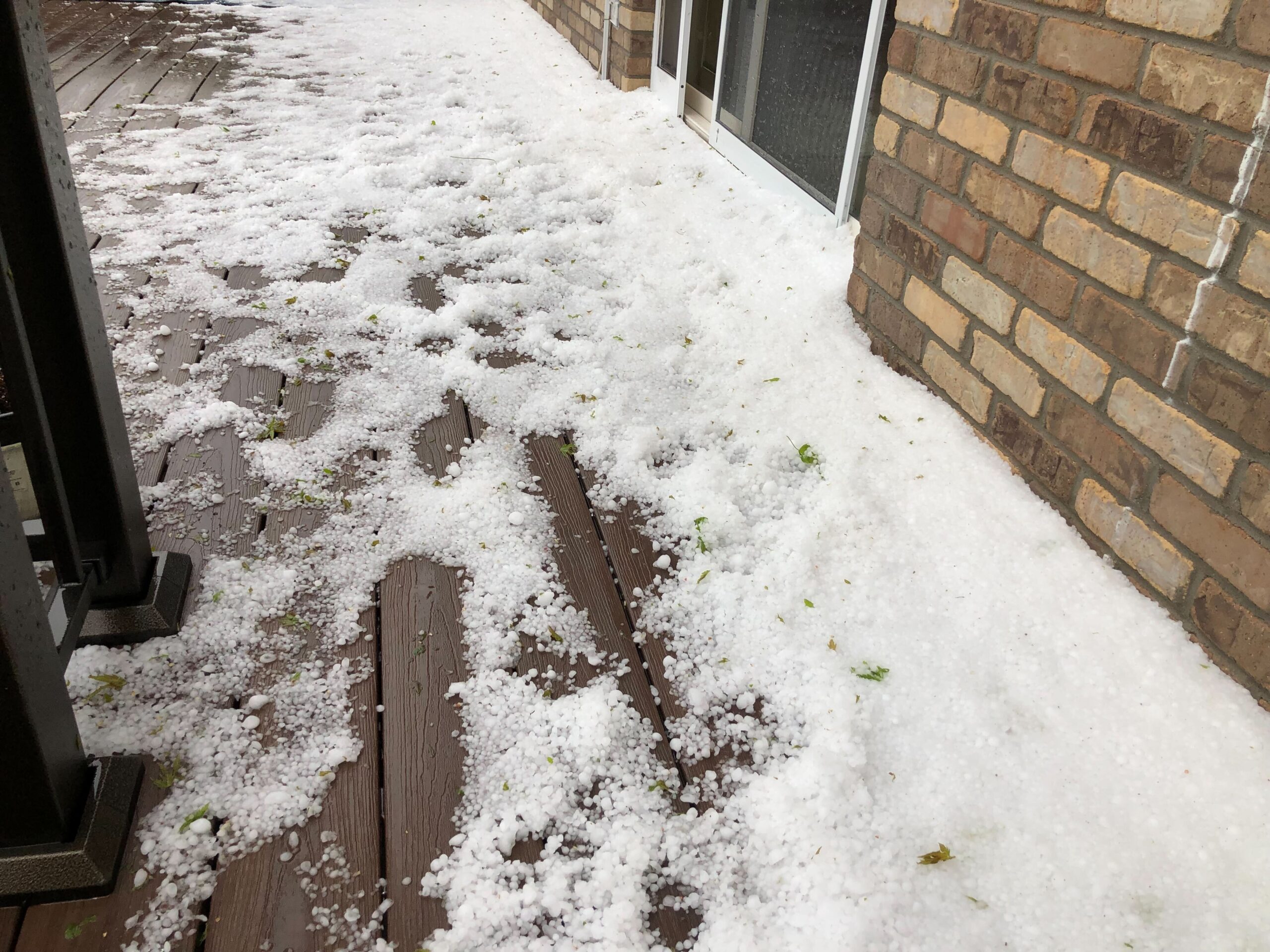

Much attention has been focused on Colorado’s oil and gas wells and underground pipelines since a fatal home explosion in Firestone in April 2017 killed two men. The explosion was linked to a nearby Anadarko well’s underground flowlines, which run between a well head and a collection tank.
Mark Martinez and his brother-in-law Joe Irwin, both 42 years old, died in the blast. Martinez’ wife Erin was badly injured.
Since then, the industry and state regulators have been in the spotlight. After an emergency inspection order from the governor, Colorado has new laws in place, and fresh regulations.
New State Rules Go Into Effect Soon
The biggest change came from Colorado regulators in February. They revamped how flowlines are created, tested and eventually abandoned. The new rules, which companies will begin following on May 1, will require them to:
Perform routine tests on smaller flowlines that previously did not have requirements.
File a new Form 44 with general information about flowline locations. These forms will be publicly accessible.
Companies will file more specific geodatabase information with flowline locations with the Colorado Oil and Gas Commission.
Colorado regulators will allow local governments to access the specific mapping information, but the public won’t have access to them. This comes after months of fierce negotiations. Local control advocates and environmentalists had pushed for detailed public maps of flowlines. But the industry argued that sharing detailed flowline information would create a potential public safety issue.
Local Governments Step Up Action
Across the Front Range, oil and gas production is on the rise. And prices have been trending up since the first of the year. That tends to drive production, and could suggest more drilling this year.
The strong possibility of more drilling, and the Firestone incident in 2017, has prompted many cities to take action into their own hands. Thornton went the furthest by passing setback regulations that go beyond state requirements. The Colorado Oil and Gas Association, a trade group, filed a lawsuit challenging the move.
In Broomfield, local leaders asked for specific mapping information related to underground flowlines. Lawsuits filed against Thornton were a deterrent to local leaders including Greg Stokes, who told CPR the council was “trying to push the boundaries just enough that we don’t jump off a cliff.”
Action At The State Capitol
Right after the Firestone home explosion, State Rep. Mike Foote, D-Lafayette, introduced legislation to map all flowlines across the state. But Republicans blocked that effort.
One bipartisan effort that may have some traction in what remains of the 2018 legislative session looks at how underground flowlines are marked before excavation starts. Lawmakers are seeking reforms to Colorado 811, the Call Before You Dig number.
“We make sure that all these underground lines are locatable, they are accessible to anyone who is excavating, or even planning like engineers,” said Republican Rep. and co-sponsor Lori Saine of Firestone. SB-167 would make the 811 system more robust, and could fine operators who don’t respond to requests.
The bill is currently under consideration in the state Senate.
Feds Still Searching For Answers
One year later, Anadarko says it’s still fully cooperating with the National Transportation Safety Board investigation.
“We’re awaiting their findings, and we’ve been told that that process could take anywhere from 12 to 18 months,” said Anadarko Communications Manager Jennifer Brice.
Since the home explosion, Anadarko shut down thousands of wells. About 1,000 of those remain shut in. Brice says Anadarko also met with residents near the home explosion site, and continues to give out free methane detectors to residents who live nearby Anadarko sites.
Results from the federal NTSB could come as soon as late 2018.









